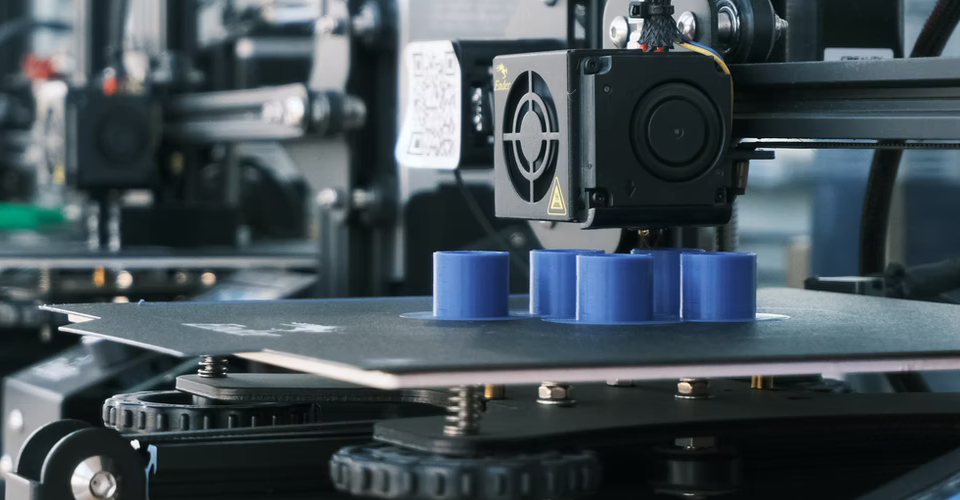3D Printer Repair Service

When it comes to 3D printer repair, there are several components and parts that may require attention. Here are some common areas where you might need to troubleshoot or replace parts:
- Filament Feed System:
- Filament extruder gears: Check if the gears are properly aligned and not worn out. If necessary, replace them.
- Filament drive mechanism: Inspect the drive gear and motor for any signs of damage. Replace if needed.
- Filament guide tubes: Ensure that the tubes are clean and free from obstructions. If they are damaged or clogged, replace them.
- Hotend Assembly:
- Nozzle: Check if the nozzle is clean and not clogged. If it is, clean or replace it.
- Heat block and thermistor: Ensure that the heat block is securely attached and the thermistor is functioning correctly. Replace if necessary.
- Heater cartridge: Verify that the heater cartridge is working and heating up properly. Replace if it is faulty.
- Bed Leveling and Calibration:
- Build plate: Ensure that the build plate is clean and free from debris. Adjust the leveling screws or perform automatic bed leveling if available.
- Z-axis endstop: Check if the endstop is correctly positioned and functioning. Make necessary adjustments or replacement.
- Electronics and Wiring:
- Power supply: Inspect the power supply unit for any signs of damage or faulty connections. Replace if needed.
- Stepper motors: Check if the motors are properly connected and functioning. If a motor is not working, replace it.
- Wiring harness: Examine the wiring for loose connections, frayed wires, or damaged insulation. Repair or replace as required.
- LCD Display and Control:
- Display screen: If the LCD display is not functioning or has damaged pixels, replace it.
- Control board: Inspect the control board for any signs of damage or burnt components. If necessary, replace the board.
- Cooling and Fans:
- Cooling fans: Ensure that the fans are clean and spinning freely. Replace any fans that are not working or making excessive noise.
- Heat sinks: Verify that the heat sinks are securely attached and free from dust or debris. Clean or replace them if needed.
Remember to refer to your specific 3D printer’s manual and documentation for detailed instructions on repair and maintenance procedures. If you are unsure or uncomfortable with performing repairs yourself, it’s advisable to seek assistance from a professional assistance from us or contact the manufacturer’s support team.

